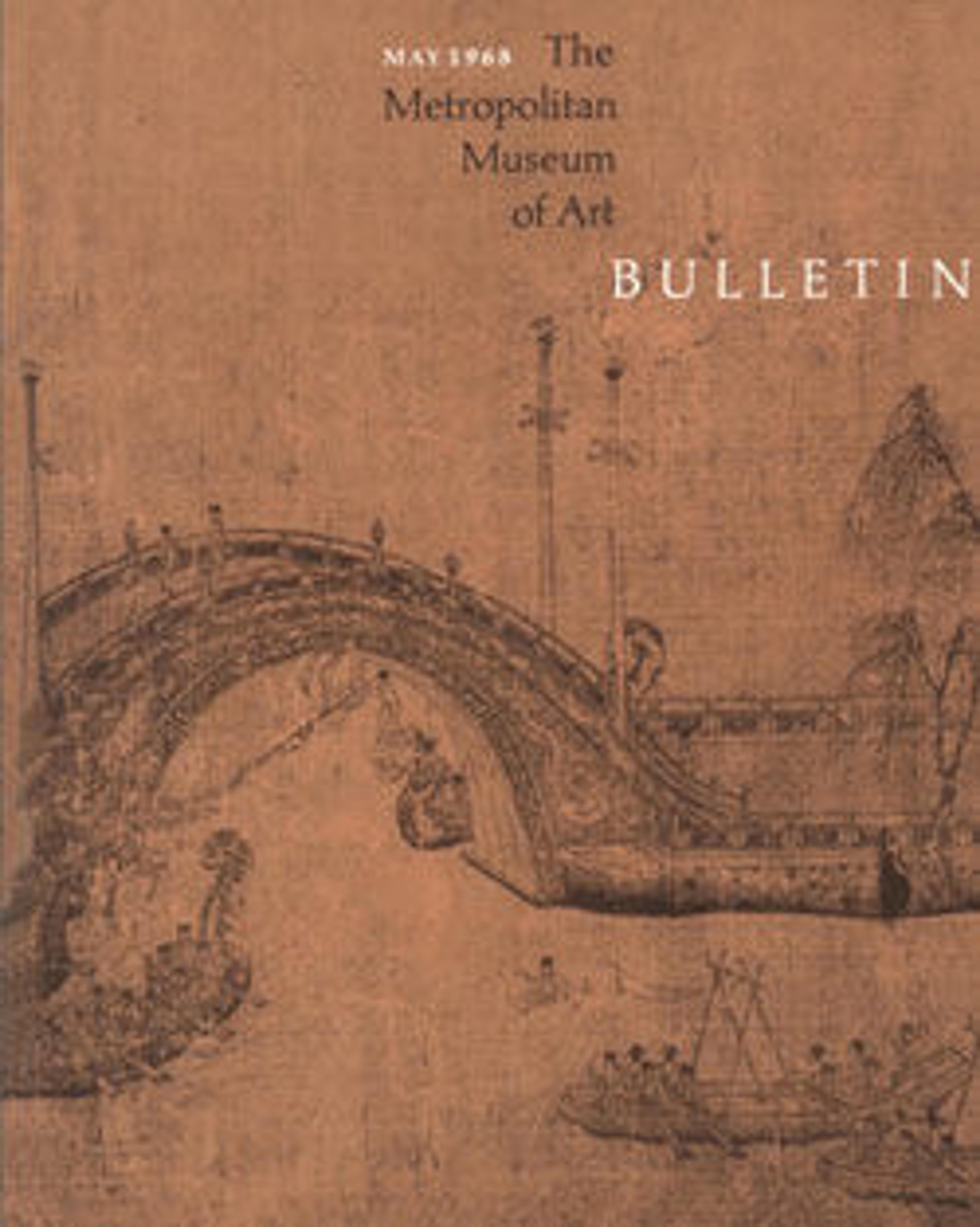Lidded Box of Muhammad al-Hamawi, Timekeeper at the Umayyad Mosque, Damascus
Mamluk metalwork began to decline in quality by the late fourteenth century. Commissioned for the official responsible for supervising the call‑to‑prayer and announcing the beginning and end of Ramadan, this box probably served as a food container.
Artwork Details
- Title: Lidded Box of Muhammad al-Hamawi, Timekeeper at the Umayyad Mosque, Damascus
- Date: 15th century
- Geography: Attributed to Syria
- Medium: Brass; engraved and inlaid with silver
- Dimensions: H. 4 in. (10.2 cm)
W. 6 11/16 in. (17 cm)
D. 3 1/4 in. (8.3 cm) - Classification: Metal
- Credit Line: Edward C. Moore Collection, Bequest of Edward C. Moore, 1891
- Object Number: 91.1.538
- Curatorial Department: Islamic Art
More Artwork
Research Resources
The Met provides unparalleled resources for research and welcomes an international community of students and scholars. The Met's Open Access API is where creators and researchers can connect to the The Met collection. Open Access data and public domain images are available for unrestricted commercial and noncommercial use without permission or fee.
To request images under copyright and other restrictions, please use this Image Request form.
Feedback
We continue to research and examine historical and cultural context for objects in The Met collection. If you have comments or questions about this object record, please contact us using the form below. The Museum looks forward to receiving your comments.
